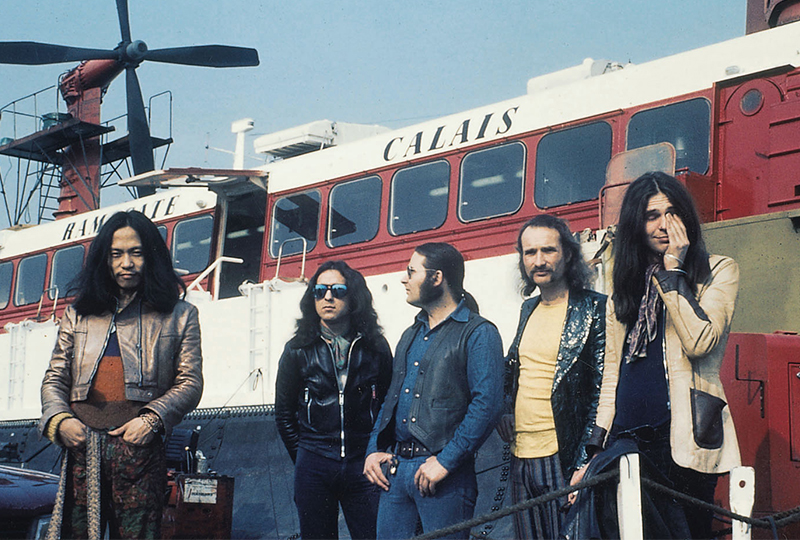Every teenage music obsessive has traipsed the incessant shores of shitty music. Whether it’s goose stepping Bon Jovi or swerving the addled octaves of Australian Idol contestants, youngsters have to keep nimble on the path to audio supremacy. While yes, they will discover unparalleled gems like Tom Tom Club or Caribou, it’s not until they reach Can that their music collection gets irreversibly cool.

Like their counterculture contemporaries in The Velvet Underground, Can were an idea spawned from 1960’s subversive ideology. Though where VU existed in the hedonism of New York City, Can rose from Cologne 1968, West Germany—a time of student revolt and rebuilding through progressive thought.
By the late 60s, rock n roll had quite literally taken over. It was everywhere, from the streets to the television—the pub to your mum’s house. Summited by the British and American greats, for German visionaries like Can, it was simply not theirs. Opting in favour of the European Avant-guard and jazz, the group would experiment with synthesisers and noise. The result, a trance inducing psych minimalism—an originality that would go unmatched over the following decade. Undoubtedly, an early harrow of electronic music.
Labelled krautrock by British journos in the late 60s, the term fell coarse on German ears. Other terms lingered, like Deutsch-rock and kosmische musik (Cosmic music), though the British brand, one obviously based in post-war friction, stuck.
A key ingredient to the driving force behind Can’s sound was drummer Jaki Liebezeit. A once top German jazz drummer, his minimalistic approach evoked a primal sense to the otherworldly abstraction of Can. Within, he’d coin the motorik drum pattern, an indispensable tool in dance music’s evolution. Adding further genius to Liebezeit’s rhythms were bassist Holger Czukay and keyboardist Irmin Schmidt. Both were former students of critically acclaimed electronic composer Karlheinz Stockhausen—an education of the most thorough.
Combined with guitarist Michael Karoli and a revolving door of lyricists—most notable is Damo Suzuki whose monumental work on Tago Mago (1971), Ege Bamyasi (1972) and Future Days (1973) are lauded as the band’s most successful releases—the five men were the perfect concoction of weird and wonderful.
More often than not, hindsight is a splendid gift when realising musical genius. In few genres does this apply more than in krautrock. While definitely revered during its heyday, the oddities of this cosmic shape didn’t broaden passed the audience of its cult following. At its pure core in bands like Can, Neu! and Faust, the movement was just a little too strange for a popular audience. Though where cult followings reside, so to do those ready to be influenced.
Among those meteoric minds present during the prime of krautrock were Kraftwerk, Brian Eno and David Bowie. Drawn to its air of danger and burgeoning creativity, for Bowie and Eno, Berlin was the centre of happening. Inspired by the strange proto-techno of Kraftwerk and Neu!, Bowie would release The Berlin Trilogy—Low (1977), “Heroes” (1977) and Lodger (1979). Among collaboration with Bowie, his own output and the eponymous release for Roxy Music, Brian Eno would also have a leading hand in bringing fragments of the German sound to the world stage.
While the virtue of krautrock has most certainly been diluted by scores of psych revivalists, splinters of its monotonous beauty can still be found if you look hard enough—a beauty drenched in experimentation and left field thought.
Leave us a comment below letting us know what you think of this week’s sub-genre.







